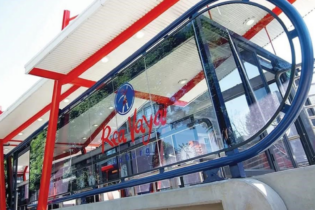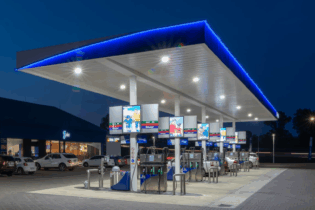 Transport Cabinet Secretary James Macharia says the new Standard Gauge Railing (SGR) railway will charge a half of what bus companies’ demand and will cut by half the time it takes to travel between the two cities.
Transport Cabinet Secretary James Macharia says the new Standard Gauge Railing (SGR) railway will charge a half of what bus companies’ demand and will cut by half the time it takes to travel between the two cities.
An inter-city one will offer express service between Mombasa and Nairobi, with one stop at Mtito Andei before proceeding. According to Kenya Railways, this will allow the other train going in the opposite direction to pass.
Buses The other one is a “county train” meant to carry passengers between the two cities but with stops at each of the nine stations along the way. This will include Mariakani, Miaseny, Voi, Mtito Andei, Kibwezi, Emali and Athi River. China Communications Construction Company will run the system for the next ten years before handing it over back to Kenyans, after training of local staff, Macharia said. Macharia said SGR’ s key competitive advantage is in halving the time taken to travel by land between Mombasa and Nairobi yet pay the same if not lower fare than buses. At a maximum speed of 120km per hour, the train can take about four hours to complete the 472km journey. But the Kenya Railways has put the time at five hours because of the other station stops. “We know that buses take about nine to ten hours. Travellers will cover that in half the time so this is going to be a real advantage,” Macharia said. Macharia admits the SGR will neither take all passengers nor lush buses off the road. But it means all operators from the SGR, airlines and buses will have to enhance their niche. “This only means travellers will have a choice. Everyone will still operate but Kenyans will know what to use. For SGR, the fares are mwananchi friendly.” The main buses plying this route charge between Sh1 000 ( Mash) and Sh1400 (Modern Coast). Others include Coast Bus Sh1200, Dreamliner Sh1 300.







